PREVIOUS
National and State Parties in India
June 4 , 2024
320 days
22535
0
(இதன் தமிழ் வடிவத்திற்கு இங்கே சொடுக்கவும்)
Introduction:
- A political party is a collective of individuals united by shared political ideologies, aiming to contest elections and govern by implementing their proposed policies and programs for societal welfare.
- These parties, be they national, state, or regional, are mandated to register with the Election Commission of India (ECI) if they wish to participate in local, state, or national elections.
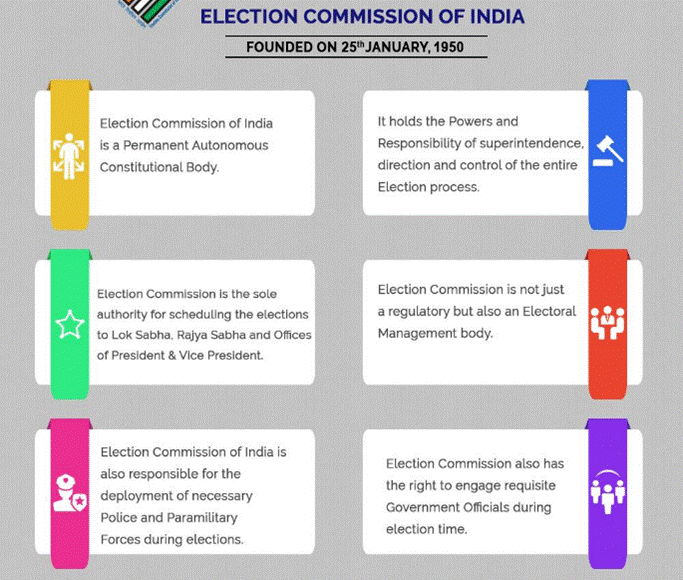
- The recognition and status of political parties fluctuate in response to their electoral performance, determining their categorization as national, state, or regional entities.
- This dynamic framework underscores the pivotal role that political parties play in shaping the democratic process in India.
Political Parties: Meaning and Types
- Political parties are groups of individuals with similar political views who work together to gain political power through constitutional means and aim to promote national interests.
Types of Political Parties
- Reactionary Parties: Maintain old socio-economic and political institutions.
- Conservative Parties: Preserve the current status quo.
- Liberal Parties: Reform existing institutions.
- Radical Parties: Establish a new order by overthrowing current institutions.
These parties are often categorized based on their ideologies:
- Leftist Parties:
- Advocate for significant social and economic change, prioritizing workers' rights and social justice. Examples in India include CPI and CPM.
- Centrist Parties:
- Occupy the middle ground, supporting a balance between free-market economics and social welfare policies. Congress is a prominent centrist party in India.
- Rightist Parties:
- Embrace conservative ideologies, focusing on traditional values, national identity, and economic liberalism. BJP is a leading rightist party in India.

Types of Party Systems
- One-Party System: Only one ruling party exists, no opposition (e.g., former USSR, China).
- Two-Party System: Two major parties exist (e.g., USA, UK).
- Multi-Party System: Multiple parties exist, leading to coalition governments (e.g., France, Switzerland, Italy).
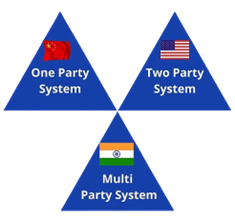
Party System in India
Characteristics of the Indian Party System
- Multi-Party System - Diverse and Large: India's continental size, diverse society, and universal adult franchise contribute to a large number of political parties.
- Variety of Parties: India has the largest number of political parties in the world.
- Broad Spectrum: These parties span across all ideologies—left, centrist, right, communal, and non-communal.
- Coalition Governments: The presence of many parties often leads to hung Parliaments and assemblies, resulting in coalition governments.
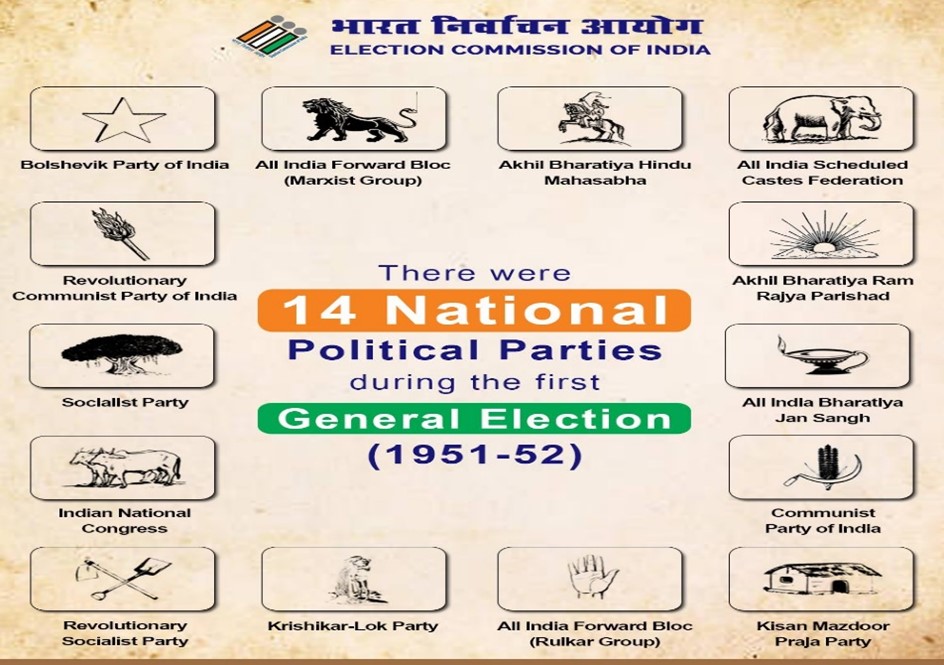
Recognition of National and State Parties
- The Election Commission registers political parties for elections and grants them recognition as national or state parties based on their performance in polls.
- Other parties are declared as registered-unrecognised parties.
- Recognition determines privileges such as party symbols, time for political broadcasts, and access to electoral rolls.
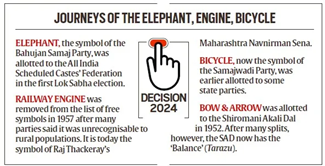
Privileges of Recognized Parties
- Symbols: Exclusive symbols for national and state parties.
- Broadcasting: Time allocated on state-owned TV and radio.
- Nomination: Only one proposer needed for nomination filing.
- Campaigners: National and state parties can have 40-star campaigners; unrecognised parties can have 20.
- Travel expenses of star campaigners are not included in candidates' election expenditure.
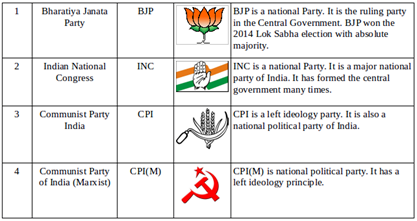
Conditions for Recognition as a National Party
- A party is recognized as a national party if it meets any of these criteria.
- Votes and Seats: Secures 6% of valid votes in any four or more states in a general election to the Lok Sabha or legislative assembly, and wins four Lok Sabha seats.
- Lok Sabha Seats: Wins 2% of Lok Sabha seats in a general election, with candidates elected from at least three states.
- State Party Status: Recognized as a state party in four states.
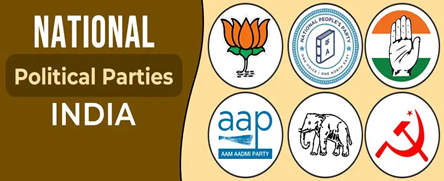
List of all the National Parties in India
- There are 6 National parties, 56 recognised State parties, and 2796 registered unrecognised political parties.
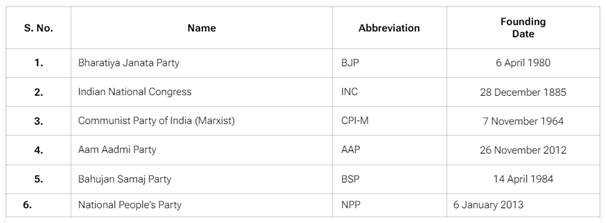
- On 10th April 2023, the Election Commission of India (ECI) revoked the national party status of three former national parties- the Trinamool Congress (TMC), the Nationalist Congress Party (NCP), and the Communist Party of India (CPI).
- Subsequently, the ECI recognised Arvind Kejriwal's Aam Aadmi Party (AAP) as a national party.
Conditions for Recognition as a State Party
- A party is recognized as a state party if it meets any of these criteria.
- Votes and Assembly Seats: Secures 6% of valid votes in the state in a general election to the legislative assembly, and wins two assembly seats.
- Votes and Lok Sabha Seats: Secures 6% of valid votes in the state in a general election to the Lok Sabha, and wins one Lok Sabha seat.
- Assembly Seats: Wins 3% of seats in the legislative assembly or three assembly seats, whichever is more.
- Lok Sabha Seats: Wins one Lok Sabha seat for every 25 seats or fraction thereof allotted to the state in a general election to the Lok Sabha.
- Votes: Secures 8% of total valid votes in the state in a general election to the Lok Sabha or legislative assembly (added in 2011).
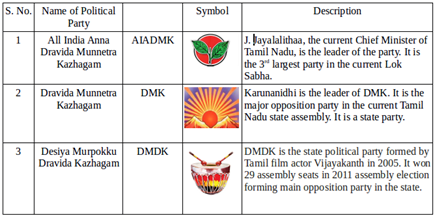
Role of Regional Parties in India
Features of Regional Parties
- Operational Scope: Generally, operate within a specific state or region.
- Regional Identity: Articulate regional interests and identify with specific cultural, religious, linguistic, or ethnic groups.
- Local Focus: Concerned with local issues and demands, often related to language, caste, community, or region.
- State-Level Power: Aim to capture political power at the state level without seeking to control the central government.
- Regional Autonomy: Desire greater autonomy for states within the Indian Union.
Classification of Regional Parties
- Cultural/Ethnic Based: Parties based on regional culture or ethnicity, e.g., Shiromani Akali Dal, National Conference, DMK.
- All-India Outlook: Parties with a national outlook but limited electoral base, e.g., Samajwadi Party, Nationalist Congress Party.
- Splinter Groups: Parties formed by splits in national parties, e.g., Biju Janata Dal, Trinamool Congress.
- Personalised Parties: Formed by individual leaders based on their charisma, e.g., Lok Jan shakti Party, Himachal Vikas Congress.
Rise of Regional Parties
- Factors contributing to the emergence of regional parties include:
- Cultural and ethnic diversity.
- Economic disparities and regional imbalances.
- Historical identity preservation.
- Interests of deposed Maharajas and Zamindars.
- Failure of national politics to address regional aspirations.
- Linguistic reorganisation of states.
- Charismatic regional leaders.
- Factionalism within larger parties.
- Centralising tendencies of the Congress party.
- Weak central opposition parties.
- Role of caste and religion in politics.
- Alienation and discontent among tribal groups.
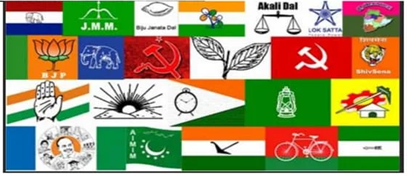
Role of Regional Parties
- Governance: Provide better governance and stability at the regional level.
- Challenge to Dominance: Pose a challenge to the one-party dominant system, reducing Congress party's dominance.
- Centre-State Relations: Influence centre-state relations, pushing for greater regional autonomy.
- Competitive Politics: Make politics more competitive and increase grassroots political participation.
- Voter Choice: Broaden voter choice in elections, focusing on regional interests.
- Political Awareness: Increase political consciousness and interest in politics, highlighting local issues.
- Check on Central Power: Act as a check against central government’s dictatorial tendencies.
- Parliamentary Democracy: Contribute to the functioning of parliamentary democracy by representing minority views.
- Governor's Role: Expose the partisan role of Governors in state matters.
- Coalition Politics: Play a crucial role in coalition governments at the centre, sharing power with national parties.
Dysfunctions of Regional Parties
- Regional vs. National Interests: Prioritize regional over national interests, sometimes neglecting broader implications.
- Encouraging Divisiveness: Foster regionalism, casteism, linguism, communalism, and tribalism, hindering national integration.
- Inter-State Disputes: Contribute to unresolved inter-state disputes over water, borders, and other issues.
- Corruption and Nepotism: Engage in corruption, nepotism, and favouritism, promoting self-interest.
- Populist Measures: Focus on populist schemes to strengthen electoral base, often harming state economy and development.
- Coalition Influence: Influence decision-making in coalition governments, pushing for regional demands.
Conclusion:
- Political parties are the backbone of Indian democracy, representing diverse viewpoints and aspirations.
- From national giants to regional champions, they shape governance and advocate for societal welfare.
- Recognized and classified by the Election Commission based on electoral performance, parties adapt to the dynamic political landscape.
- While leftist parties’ champion workers' rights and rightist parties uphold cultural nationalism, regional parties highlight localized identities.
- Their emergence adds complexity, offering nuanced representation but also challenging national cohesion.
- Ultimately, the effectiveness of political parties determines the health of India's democracy.
- By promoting dialogue and inclusive governance, parties can ensure the nation's progress and uphold democratic values in the world's largest democracy.
Leave a Reply
Your Comment is awaiting moderation.


